"How long does it take to run a mile?" This question is a common inquiry among individuals of all fitness levels and running backgrounds. The answer varies significantly based on various factors, including a person's fitness level, training regimen, and running experience.
Whether you're a beginner lacing up your running shoes for the first time or an experienced athlete aiming for a personal best, understanding the benchmarks and considerations surrounding mile times can be both informative and motivating as you embark on your running journey.
Average Time To Run A Mile
Generally, experienced runners may take about 8 to 11 minutes to run a mile. New runners need to take 10 to 15 minutes to run a mile.
Factors That Affect Running Speed
The average time to run a mile is influenced by a wide range of factors. Here's an analysis of some key factors that can affect a person's mile time:
Fitness Level:
One of the most significant factors is a person's fitness level. Individuals who are more physically fit tend to run faster miles because their cardiovascular and muscular systems are better conditioned.
Age:
Age can play a role in mile times. Children and teenagers often have faster mile times compared to adults due to their generally higher levels of energy, agility, and less muscle mass to carry.
Gender:
Statistically, men tend to have faster mile times than women due to differences in muscle mass and aerobic capacity. However, this is a generalization, and there are many exceptions, with some women being exceptionally fast runners.
Training:
Training plays a critical role in mile times. Regular and focused training can lead to improvements in speed and endurance. Factors like training frequency, intensity, and specificity are all important.
Terrain:
The type of terrain you run on can significantly affect mile times. Running on flat, smooth surfaces like a track or road typically results in faster times compared to hilly or uneven terrain.
Weather Conditions:
Weather conditions such as temperature, wind, and humidity can impact performance. Hot and humid weather can slow you down, while cool, calm conditions are generally more favorable.
Motivation and Mindset:
Your mental state can affect your mile time. Motivated and mentally prepared runners often perform better. Conversely, anxiety or lack of motivation can hinder performance.
Health and Wellness:
Your overall health, including factors like sleep, nutrition, hydration, and recovery, can have a significant impact on mile times. Well-rested, properly nourished runners are likely to perform better.
Genetics:
Genetics can influence an individual's athletic potential, including factors like muscle fiber composition and aerobic capacity. However, genetics are not the sole determinant, and training can still lead to substantial improvements.
Experience:
Experienced runners tend to have better pacing strategies and more efficient running techniques, which can lead to faster mile times.
Equipment:
The type of running shoes and clothing worn can affect performance. Properly fitted and appropriate shoes can reduce the risk of injury and improve efficiency.
Motivation and External Factors:
External motivators, such as race competition, cheering crowds, or running with a group, can push individuals to achieve faster mile times.
Altitude:
Higher altitudes can reduce oxygen availability, which can affect performance. Running at higher altitudes generally leads to slower mile times compared to running at sea level.
In summary, the average time to run a mile is influenced by a complex interplay of individual factors, including fitness, age, gender, training, terrain, weather, mental state, health, genetics, experience, equipment, motivation, and altitude. Understanding these factors and how they interact can help individuals set realistic goals and work toward improving their mile times.

How to increase running speed?
Increasing running speed requires a combination of training, proper technique, and lifestyle adjustments. Here are some strategies to help you become a faster runner:
Consistent Training:
Regular, consistent running is essential. Gradually increase your weekly mileage to build endurance and speed over time.
Interval Training:
Incorporate interval workouts into your training routine. These involve alternating between high-intensity sprints and low-intensity recovery periods. For example, run fast for 30 seconds, then jog or walk for 1-2 minutes. Repeat this cycle.
Fartlek Training:
Fartlek, which means "speed play" in Swedish, involves mixing fast and slow running in an unstructured way. It can help improve both speed and endurance.
Hill Work:
Running uphill builds strength and power. Find a hill and incorporate hill sprints or hill repeats into your routine. Running downhill can also help improve speed and leg turnover.
Strength Training:
Include strength training exercises like squats, lunges, and core workouts in your routine. A stronger body can generate more power when running.
Proper Form:
Pay attention to your running form. Run tall with your chest up, shoulders relaxed, and arms at 90-degree angles. Stride efficiently, with a mid-foot strike and quick leg turnover.
Speed Drills:
Incorporate speed drills like high knees, butt kicks, and A-skips into your warm-up routine to improve leg turnover and running mechanics.
Stretching and Mobility:
Maintain good flexibility and mobility through stretching and foam rolling. This can prevent injuries and improve your running efficiency.
Rest and Recovery:
Ensure you get enough rest and recovery between hard workouts. Overtraining can lead to injuries and hinder progress.
Nutrition:
Fuel your body with a balanced diet that provides the energy and nutrients needed for training. Hydration is also crucial for optimal performance.
Mental Toughness:
Develop mental toughness and a positive mindset. Running faster often requires pushing through discomfort and fatigue.
Set Goals:
Establish specific, achievable goals. Having a target to aim for can motivate you to push your limits.
Race or Compete:
Participating in races or competitions can provide motivation and opportunities to test your speed.
Cross-Training:
Incorporate other forms of exercise, like cycling or swimming, to improve overall fitness and prevent overuse injuries.
Get Feedback:
Consider working with a running coach or using technology like GPS watches to track your progress and get feedback on your running performance.
Remember that progress may be gradual, and it's important to listen to your body. Push yourself, but avoid overtraining or risking injury. Adjust your training plan as needed to accommodate your fitness level and goals. Patience and consistent effort are key to increasing your running speed over time.

How to use a DeerRun treadmill to improve the mile time?
Using a treadmill to improve your mile time offers several advantages. Smart treadmills, in particular, can provide additional benefits due to their advanced features. Here's how to use a treadmill to work on your mile time, along with the advantages of a smart treadmill:
Using a Treadmill to Improve Your Mile Time:
Warm-Up: Begin with a 5-10 minute warm-up at a comfortable pace to prepare your muscles.
Select a Constant Speed: Choose a consistent speed that is slightly faster than your current mile time goal.
Run at Your Target Pace: Maintain the chosen speed for the duration of your run, focusing on proper running form and technique.
Cool Down: After your run, reduce the speed and walk for a few minutes to gradually bring your heart rate down.
Interval Training: Periodically, incorporate interval training by alternating between faster-paced running and recovery periods.
Progressive Overload: Gradually increase the duration or speed of your runs to challenge yourself and improve your mile time.
Stay Hydrated: Drink water as needed to stay hydrated during your workout.
Tracking: Monitor your progress by noting your time, distance, and pace.
Consistency: Consistency is key. Aim to run on the treadmill regularly, gradually increasing the intensity and duration of your workouts.

Advantages of a Smart Treadmill:
Interactive Features: Smart treadmills have compatibility with a fitness app - PitPat, which can make workouts more engaging.
Virtual Coaching: Smart treadmills offer virtual coaching sessions, guiding you through workouts and providing motivation.
Data Storage: Smart treadmills can save your workout data, allowing you to track your progress over time.
Online Communities: Smart treadmill users can join online communities, sharing their progress and connecting with others pursuing similar fitness goals.
Entertainment Options: Smart treadmills have built-in entertainment systems, like online competitions or virtual reality experiences, which can make workouts more enjoyable.
Bluetooth Connectivity: Smart treadmills often sync with fitness apps, streamlining data tracking and integration into your fitness routine.
Safety Features: Many smart treadmills include safety features such as automatic shut-off in case of emergencies.
Long-Term Progress Tracking: The ability to track your data and performance over time can help you set and achieve long-term mile time improvement goals.
While basic treadmills can be effective for mile time improvement, smart treadmills offer additional tools and features that can enhance your training experience and help you achieve your goals more efficiently.
Conclusion
In conclusion, the time it takes to run a mile is a highly variable metric influenced by numerous factors, including fitness level, age, gender, training, terrain, weather conditions, and personal goals. Whether you're a beginner just starting your running journey or an elite athlete striving for a personal best, the mile serves as a versatile benchmark of fitness and progress. What remains constant is the notion that improvement is attainable with dedication, training, and a commitment to pushing your own boundaries. Regardless of your starting point, the journey toward a faster mile time is a testament to the remarkable adaptability of the human body and the enduring spirit of those who lace up their running shoes and chase their goals, one mile at a time.




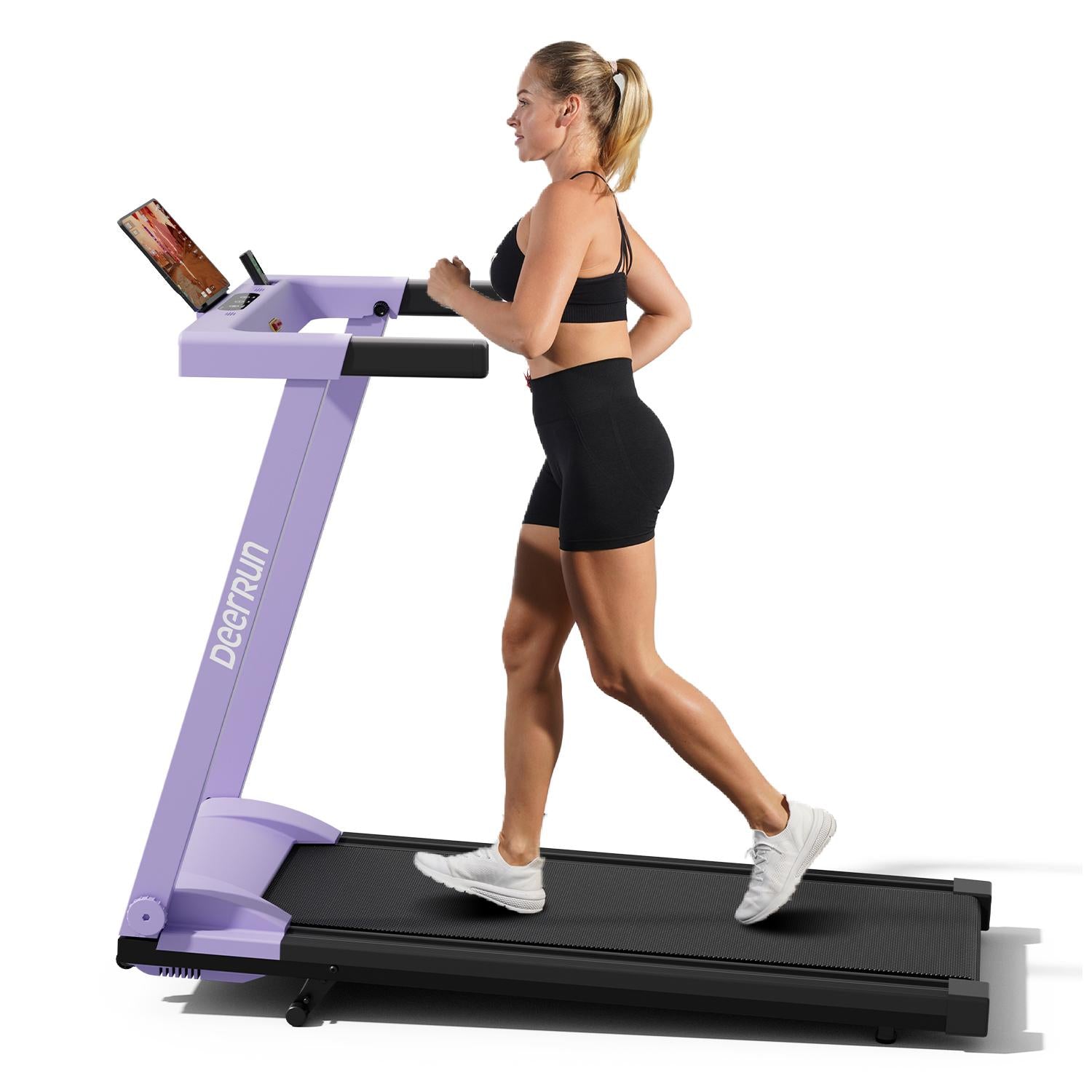
















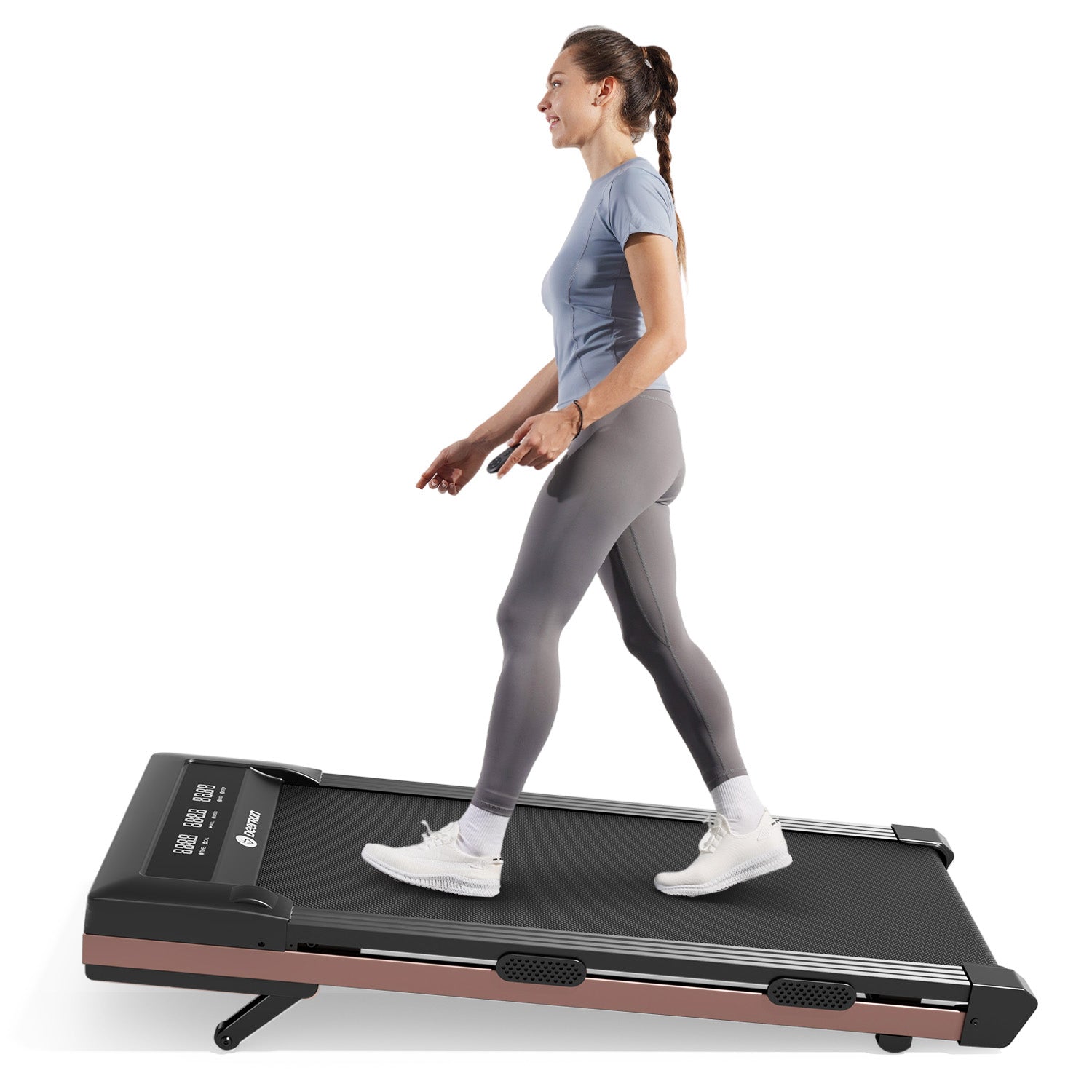

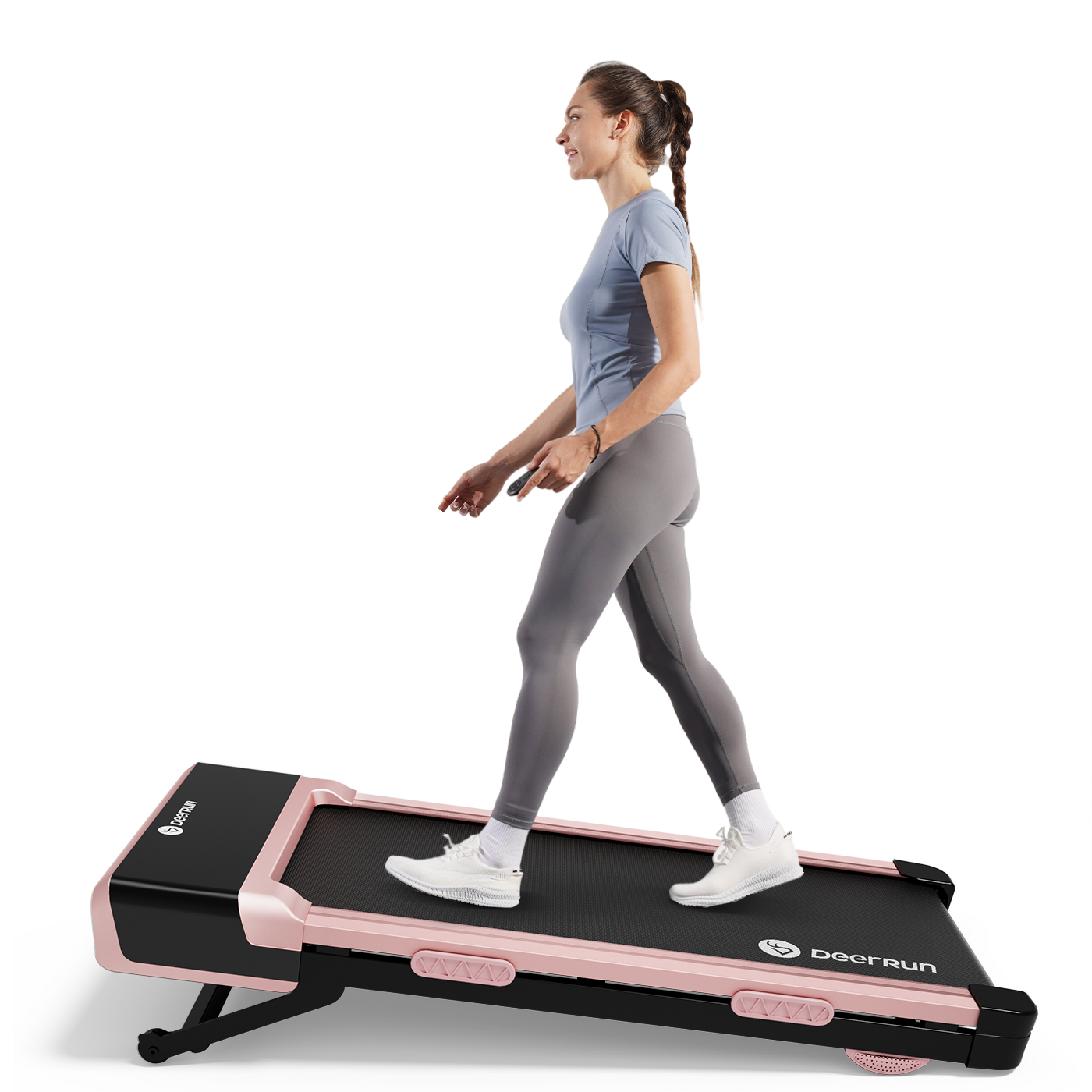
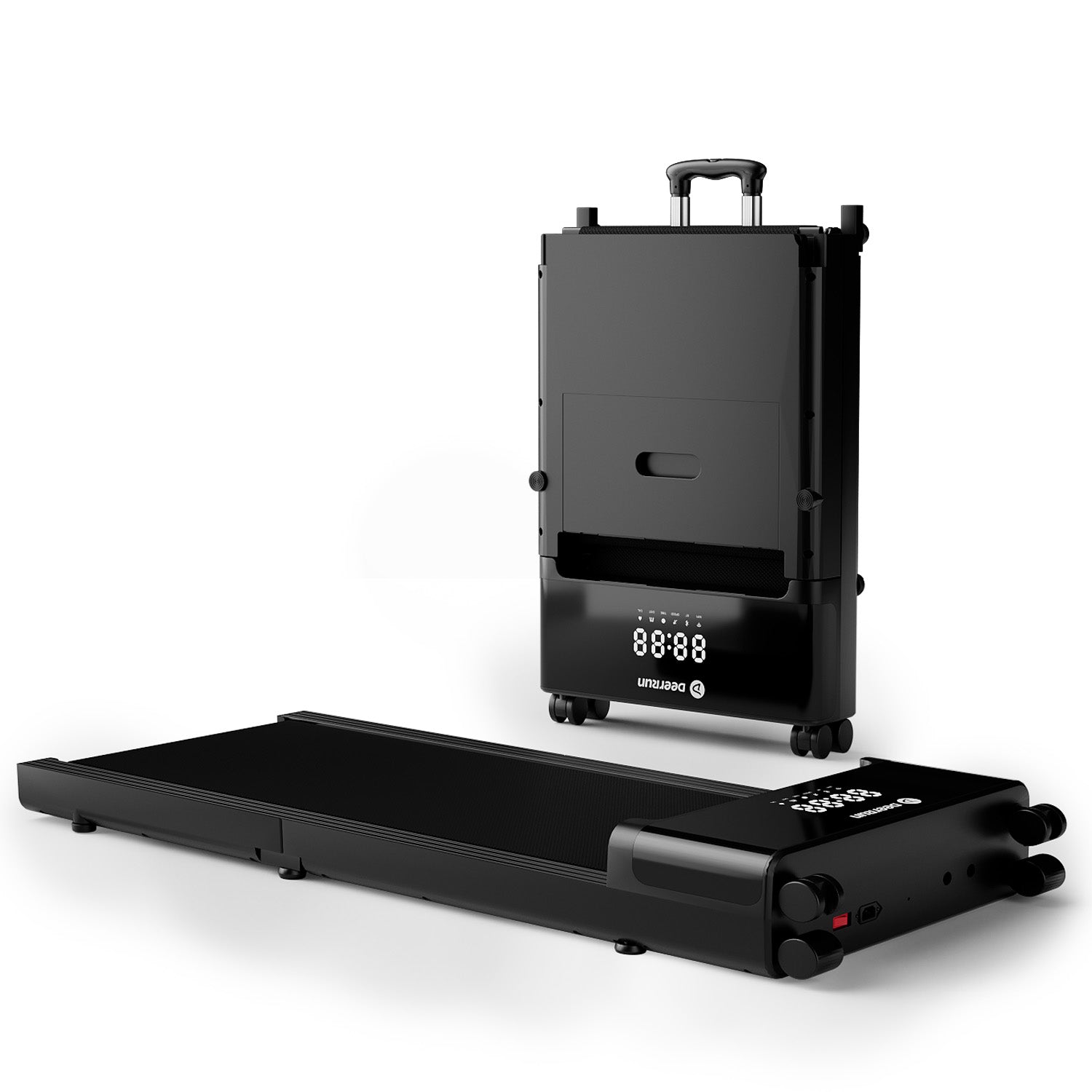



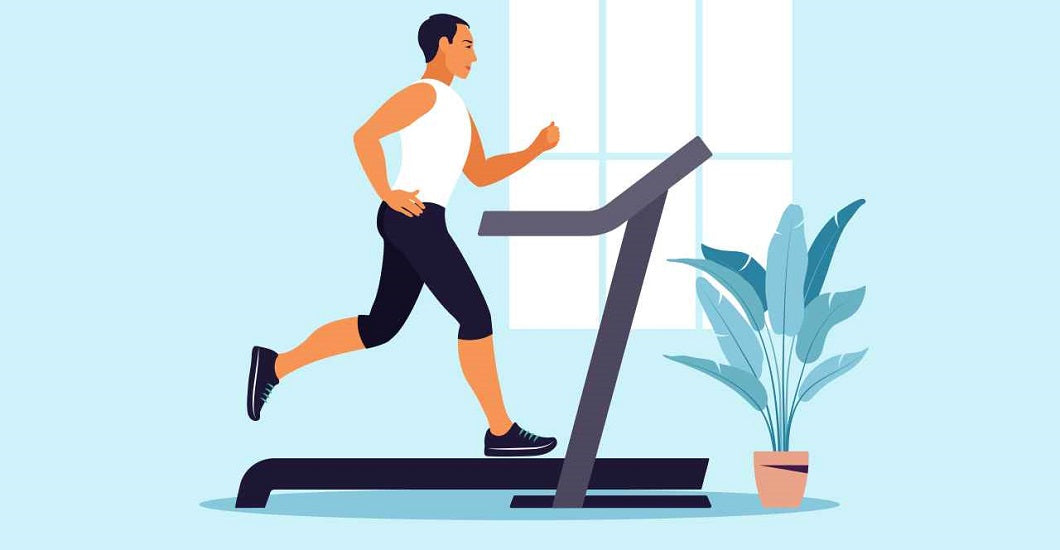
Leave a comment
All comments are moderated before being published.
This site is protected by hCaptcha and the hCaptcha Privacy Policy and Terms of Service apply.